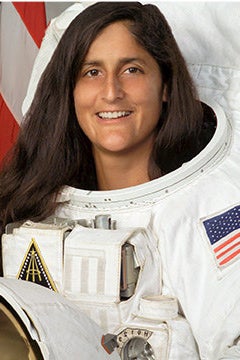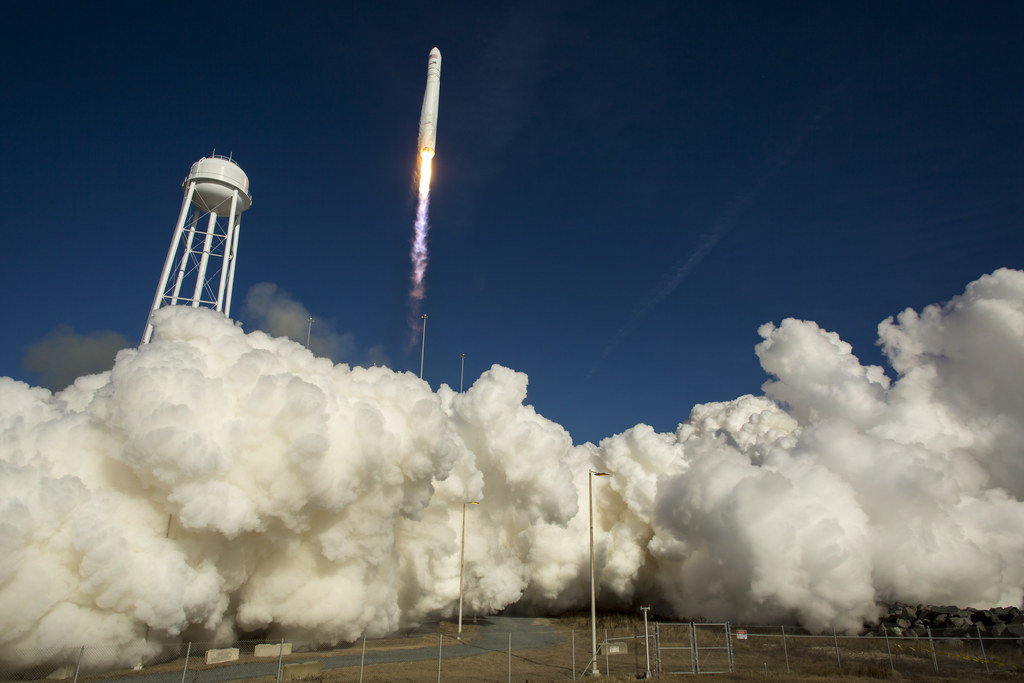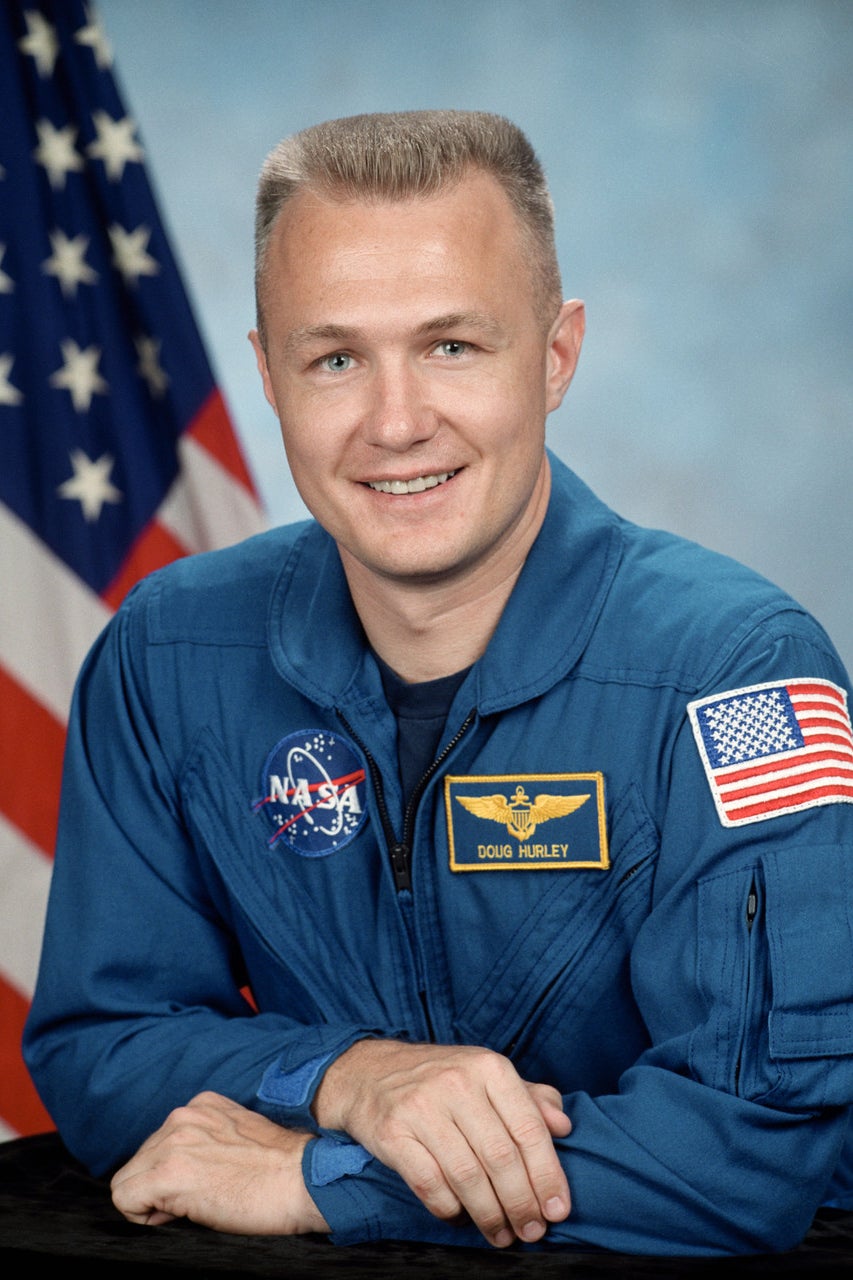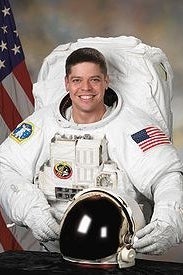On Thursday, NASA announced the four astronauts picked to head Launch America, the first ever commercial space mission.
Veteran astronauts Robert Behnken, Eric Boe, Douglas Hurley, and Sunita Williams will work with the Boeing Company and SpaceX, a private space transport manufacturer, to develop small space shuttles to ferry crews, cargo, and eventually "regular humans" to and from the International Space Station.
Basically, they're creating taxis to space.
BuzzFeed News talked to the astronauts at NASA's Johnson Space Center in Texas about what this collaboration means for the future of NASA — and your summer vacations.
Boe, a former air force colonel, said in the years to come astronauts like him will be helping Boeing and SpaceX form space ship test flights to prepare them to transports people from Florida's Cape Canaveral to space.
"Big picture is," said Boe, who is in his 15th year of being an astronaut, "we're looking to get tiny rockets flying with humans from the United States back into orbit."
The "tiny rockets," or space taxis, will at first transport professionally trained crew and cargo to the space station for commercial companies, then eventually will (hopefully) begin transporting us non-astronauts — or, at least, those who can afford it.
"I think NASA will be successful when everyone's an astronaut," Boe told BuzzFeed News. "The longterm goal is to get space flight to be as common as aviation is. In the future we'll look back and go, 'There [was] a time when we didn't go into space?'"
However, this mission is about more than just the future of space tourism. The astronauts will also be assisting with some groundbreaking space research, Boe said.
There are a number of scientific experiments already occurring on the International Space Station, including research into the reversal of bone loss and other accelerated aging effects of spaceflight. According to Boe, this new partnership with private, commercial companies will help fund these experiments and create many more.


Still in its infancy, the commercial space industry has been plagued by a series of rocket explosions and failed landings that have derailed progress. Last month, for example, NASA lost $110 million due to an unmanned SpaceX rocket explosion, calling into question the entire future of the International Space Station.
Prior to NASA's announcement of the crew for this mission last week, a congressional hearing was held to discuss the three cargo launch accidents that have occurred in the past 12 months.
"All of these incidents highlight the challenges of operating in space, and remind us that NASA's contractors, engineers, and astronauts must be ever vigilant," Rep. Brian Babin, the Republican chairman of the House Committee on Science, Space, and Technology, said at the hearing.
Concerns have been raised that the commercialization of the once solely government-funded space program might mean that only the most profitable missions are able to receive funding.
Some fear this would take money away from more dangerous and groundbreaking expeditions, such as going to Mars, because they would be less profitable.
However, the four astronauts were quick to reject this suggestion, agreeing that having private companies worry about the smaller, "lower orbit" space missions (i.e. those closer to earth) would leave NASA free to use its time and funding to focus on going into deep space — "into the frontier, onto Mars, and further into the Solar system or beyond," as Boe put it.
Instead of launching from bases in Eastern Europe and China, the new commercial space shuttles will be launching from NASA bases in Cape Canaveral and elsewhere in the U.S. — something that the four astronauts are very excited about.
"When I go and visit school children and I talk to them about flying into space I [won't] have to use the word 'Kazakstan' to describe the way that we do it," said Robert Behnken, who has accumulated 37 hours of space walks.
"They understand launching out of America, they understand being able to get into a car and drive with their family to the coast for a vacation and see humans go into space," he said. "I really look forward to being able to coach folks for what their summer vacation could look like."

As for a missions to Mars, the four astronauts said people will see it happen pretty soon — and they're pretty jealous of the kids who will eventually land on the Red Planet.
Putting humans on Mars "will definitely be in our lifetime," Sunita Williams, a former Navy captain and the most experienced and accomplished astronaut on the team, told BuzzFeed News. Further technology advances will allow for the creation of more sophisticated space crafts that will make a Mars mission possible, she said.
"We might be making a space station on the moon before long, testing how we're going to do stuff on Mars," Williams said. "We need to keep cracking [open] the door with new technology and ideas, showing the next generation — the kids that are going to be a part of this — and giving them inspiration, an idea to be looking forward to."
Boe said the crew are all envious when they speak with school kids about the future of space exploration. "We won't be the ones going," he said. "We'll keep our hands up, but [the kids] are the ones who will be taking us to Mars."


